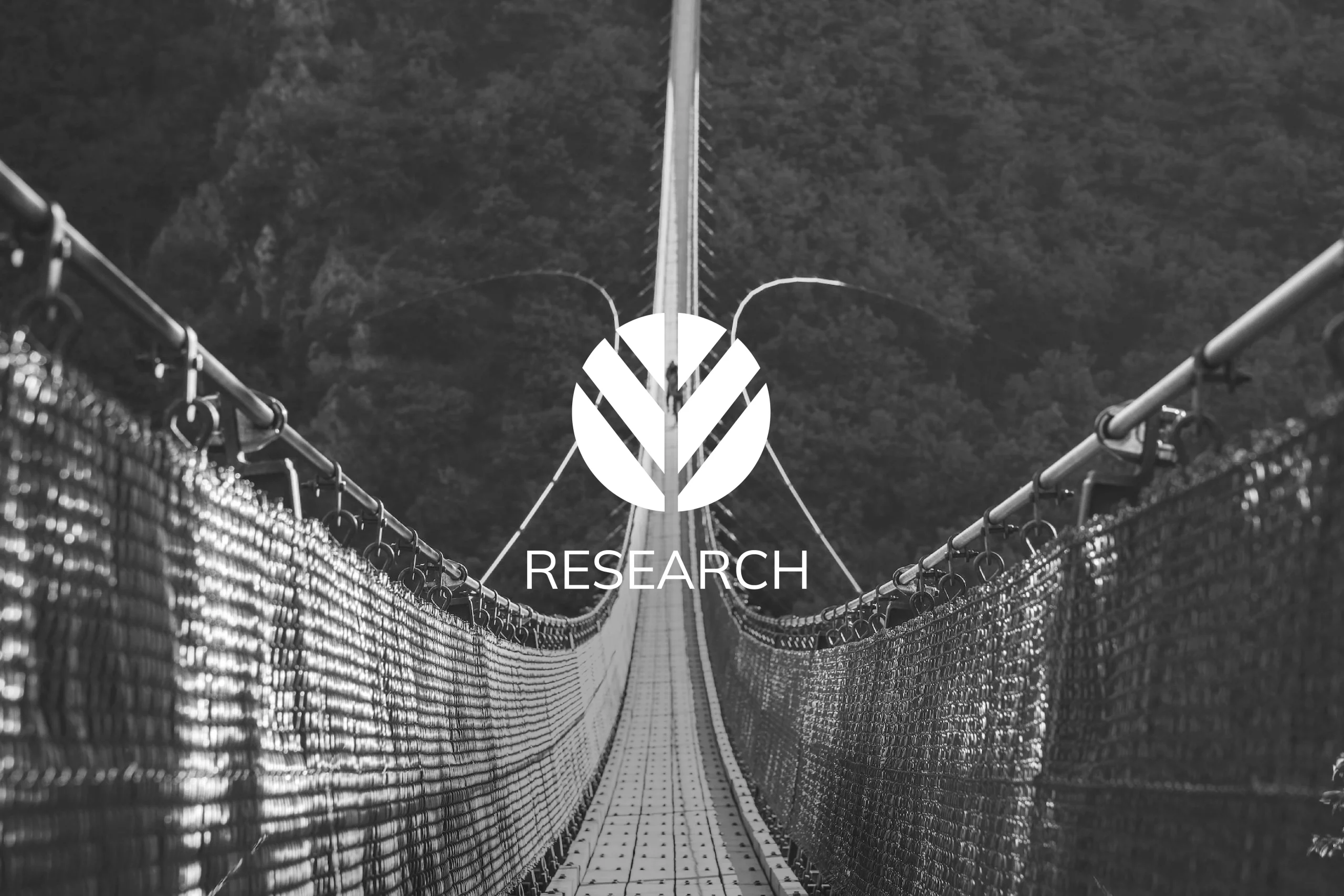
50% CO2 reduction required to meet 1.5C objective
Background: The sixth Assessment Report of IPCC Working Group III from April 2022 examines the sources of global CO2 emissions. The report provides an up to date global assessment of climate change mitigation pledges and progress. Limiting the rise of the global temperature to around 1.5°C compared to pre-industrial levels, the report points out, requires global greenhouse gas (GHG) emissions to peak before 2025. This needs to be followed by substantial emission reductions of around 43% (34–60%) by 2030 and around 84% (73–98%) by 2050. In contrast, the projected global emissions by 2030 under current climate policies and pledges would lead to a significant emission gap (~16-23 Gigatons CO2e p.a.) and a probable business-as-usual pathway towards a rise of the global average temperature of 3-4°C by the end of the century.
Vidia Takeaway: For a 1.5°C scenario to come within reach, we need to scale climate solutions and transform our economies accordingly. The decarbonization of the world’s economy represents an unprecedented opportunity for sustainable economic growth. Policy makers, corporate leaders and investors can drive this transition and take advantage of it. The industrial sector plays a key role. Today representing more than 30% of global GHG emissions, its CO2 output rose faster than that of any other sector including energy production, transportation, building and land use.

